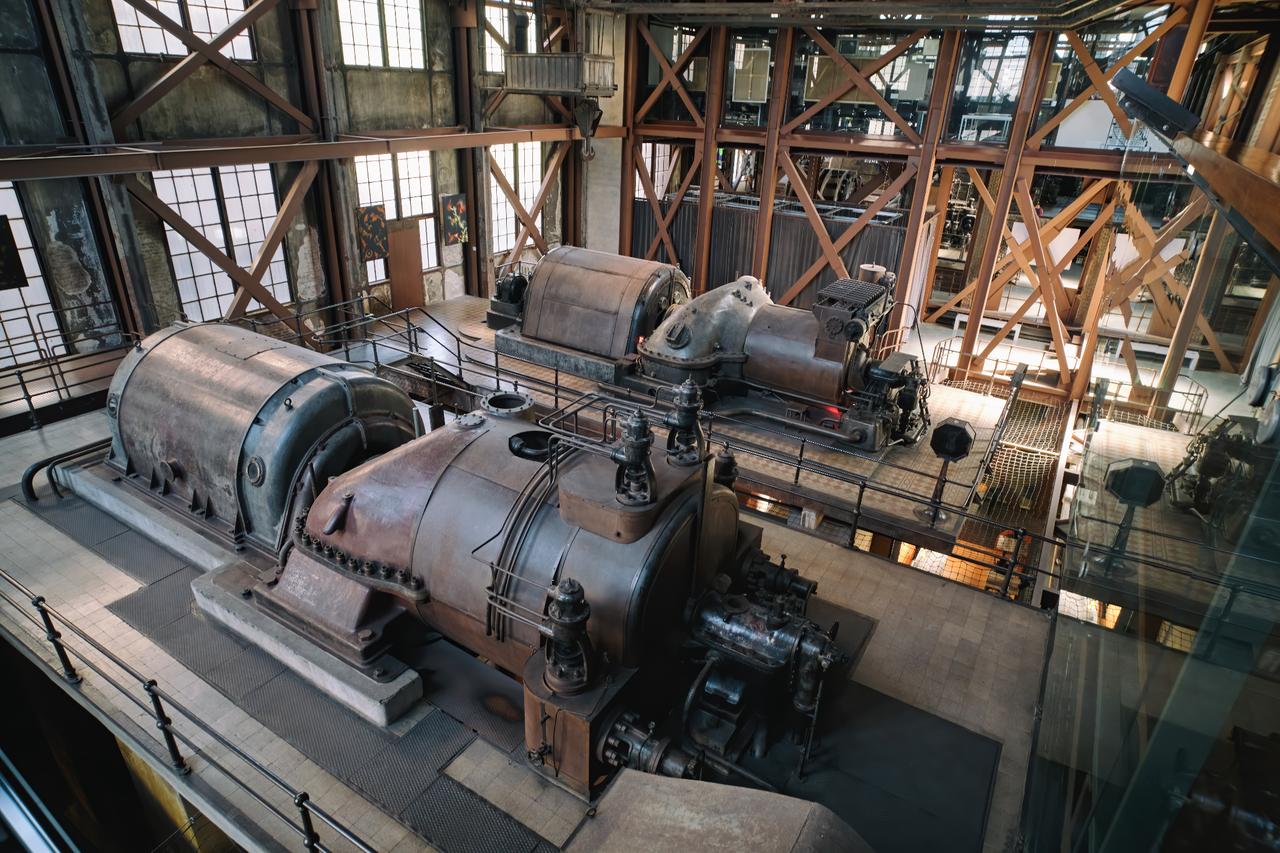
Although the Industrial Revolution hit Türkiye later than elsewhere, that doesn’t mean it’s mired in the past. Istanbul is home to no less than five industrial sites repurposed for the 21st century, preserving history by reconfiguring it for the future.
Former power stations, storage depots and factories now house outdoor stages, traditional, mixed media, and interactive art galleries, nightclubs, cafes and restaurants. They’re all easy to reach by public transport and add a new dimension to Istanbul tourism, showing there’s more to the city than its Ottoman heritage.
Like the Cubuklu Silos on the shores of the Bosphorus in Beykoz. An energy station was built here in the late 19th century to meet the increasing needs of the city. Large silos were added in the 1930s to store fuel for private oil companies, later joined by smaller ones for grains, feed, minerals and other materials.
Now they’ve been given a new life and purpose. Imposing yellow colored drums function as a Museum of Nature and Science and a Digital Arts Museum. Lovers of mixed media are drawn to video and sound installations inside the cavernous metal cylinders and those prepared to climb the outside metal stairways winding up to the top are amply rewarded. Not only are there stunning views the length and breadth of the Strait, but the art continues with rainbows painted in Instagram-perfect concentric circles atop the silos.
You can reach them by bus or ferry from Uskudar.
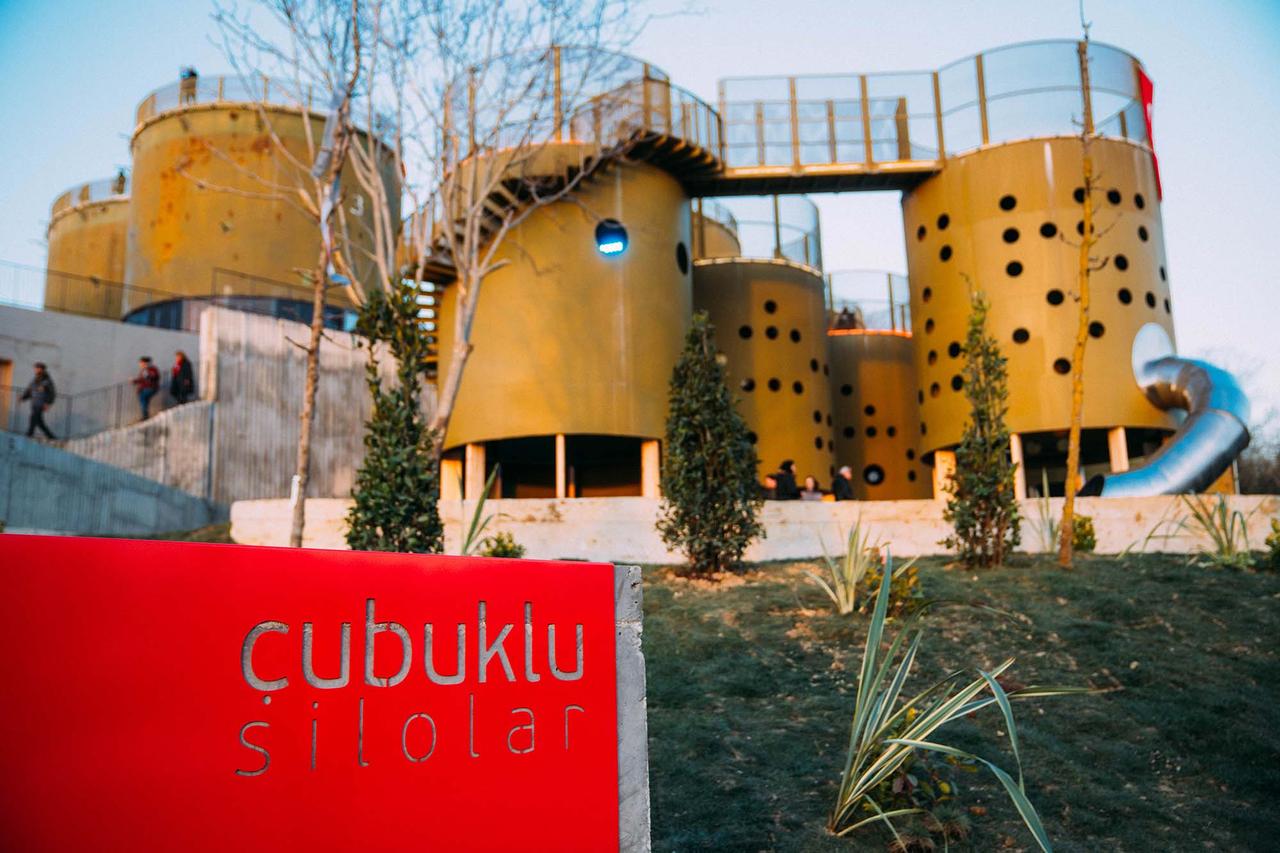
A short stroll from Sogutlucesme Marmaray station in Kadikoy, multi-story steel frames and decommissioned liquid gas storage tanks meld seamlessly with whimsical larger-than-life sculptures and colorful panels on old brick walks. Originally, the Kadıkoy Gas Company was opened by French industrialist Charles Georges in 1892; the gasworks closed in 1993 and were reinvented in 2015 as Muze Gazhane, a cultural center.
The site looks like a giant playground. Adults and children alike touch, sit on and embrace figurative and abstract pieces dotted throughout the museum grounds, drawn by the sheen of steel and other metals used in both the original 19th-century structures and modern additions. Parents stretch out on the grass after a coffee or a meal while their kids safely run wild on rubber-covered surfaces or engage in any number of activities. These include free outdoor concerts, conceptual performances and dance classes on balmy summer nights. There’s also a museum dedicated to the Turkish art of "kara mizah," political commentary in cartoon form, a science centre and year-round free workshops, held in Turkish, including knitting, science and exercise sessions.
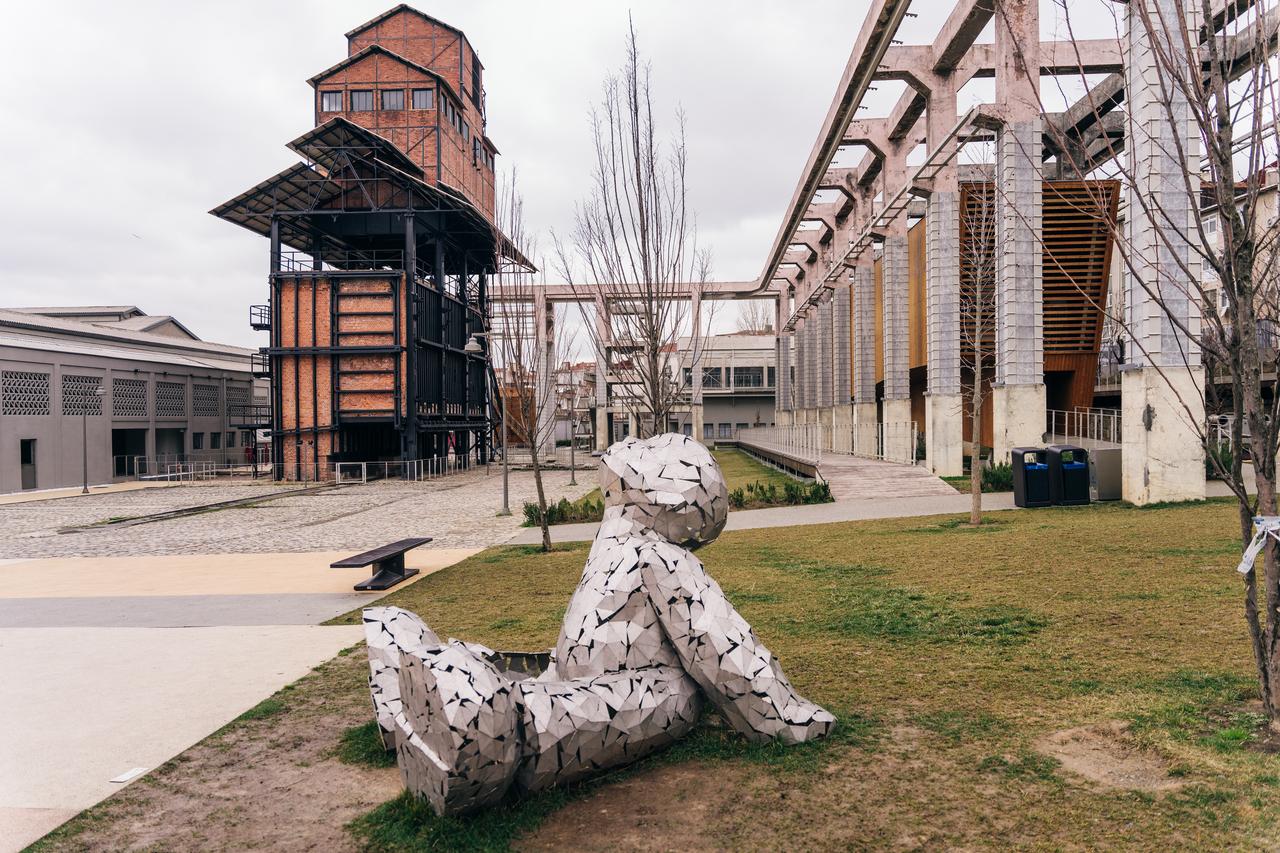
Art Istanbul Feshane started life as Feshane-i Amire, the official fez factory of the Sublime Porte, the metaphorical name for the central government of the Ottoman Empire. The original factory, called Feshane for short, opened in 1827 in Kadirga, then moved to its present site in 1833. Prior to the Tanzimat reforms of 1839 to 1876, the turban was the official headwear worn by everyone from Ottoman dignitaries to shop owners. In 1839, it was replaced by the now iconic red felt cone topped with a long black tassel.
Over the years, production at Feshane expanded to include clothing, military boots, fabrics and carpets. Soon after the Turkish Republic was founded in 1923 and wearing the fez was banned, the factory shut down.
Feshane reopened as Art Istanbul Feshane in 2023, home to international and local contemporary art exhibitions. There’s an art bookshop, library and cafe as well. Visiting is as easy as hopping on the T5 Halic tramline that starts in Eminonu and winds its way along the banks of the Golden Horn, or a short ferry ride up the waterway.
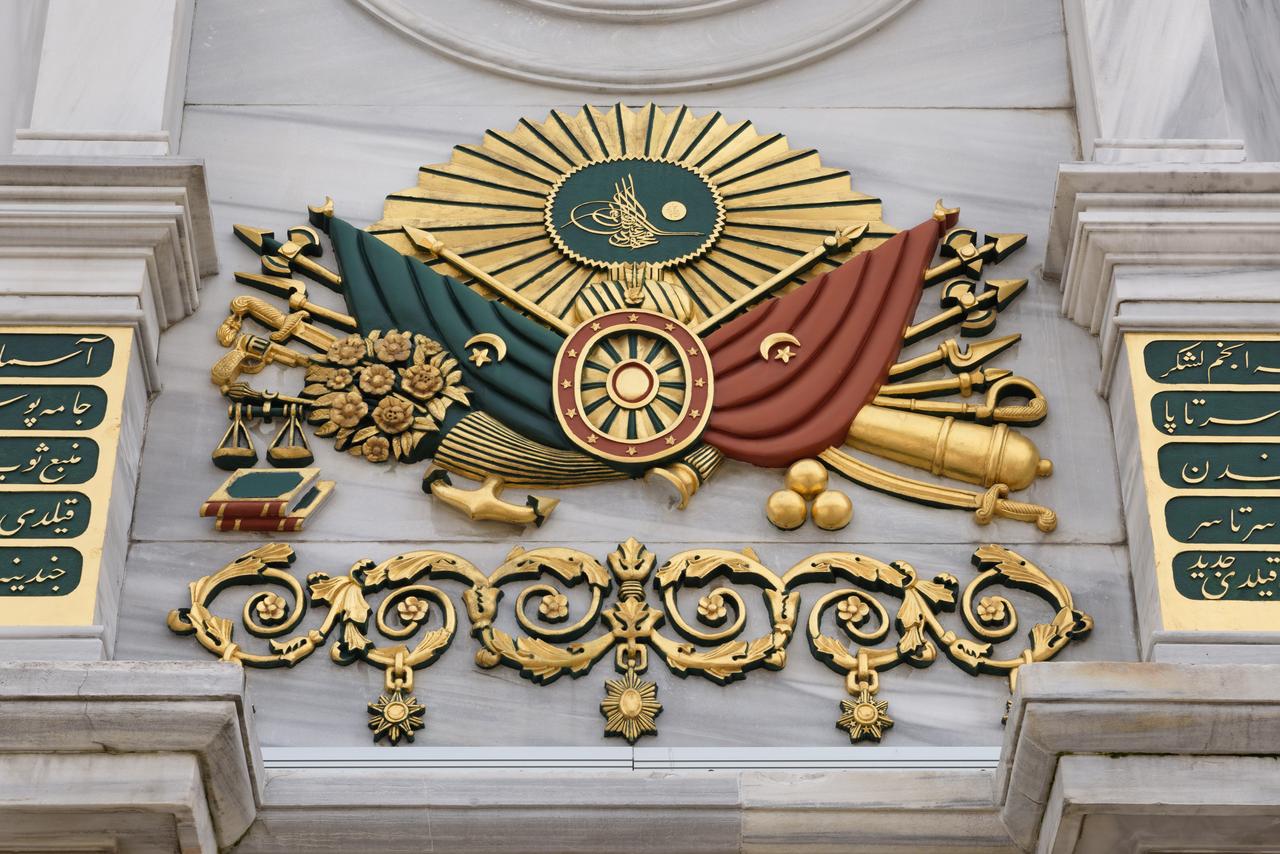
While the rest of the world was sunk in the Great Depression, Istanbul residents headed for the Bomonti Garden. It opened in 1930 in the grounds of the Bomonti Brewery, the first ever factory in the Ottoman Empire to employ modern alcoholic beverage production techniques. Founded in 1893 by the Swiss Bomonti Brothers, by 1924 the premises had expanded to five buildings.
They continued to bottle beer until 1991, after which the site was shut down. Now rechristened, Bomontiada offers multi-disciplinary galleries, a co-working space, the Ara Guler Museum showcasing works by Türkiye’s Magnum Award-winning photographer, a small brewery, popular nightclub Babylon, restaurants, outdoor concerts, film screenings in the warmer months and more besides.
Bomontiada is a 15-minute walk from Osmanbey Metro Station.
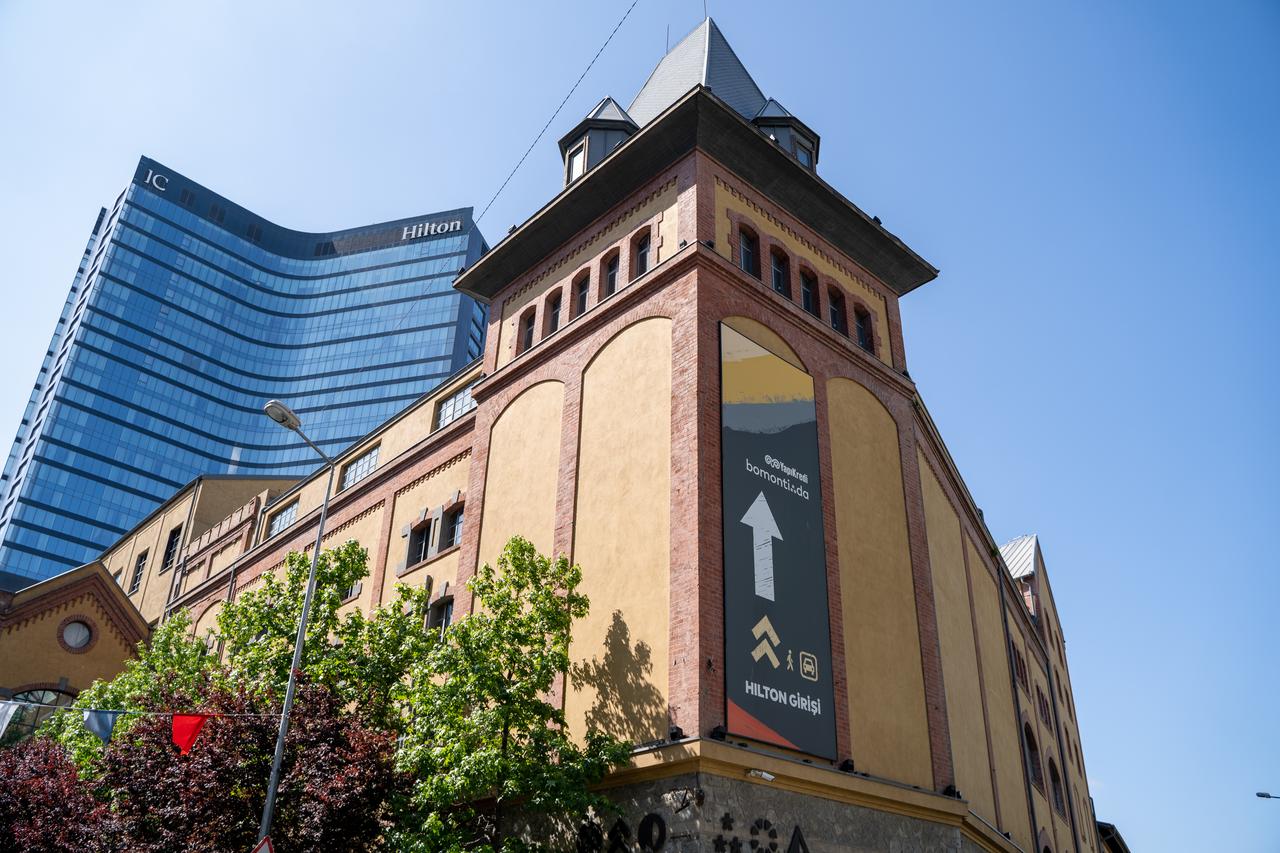
Santral Istanbul, a massive contemporary art and cultural events space opened in 2007, is tucked away on the leafy campus of a private university on the banks of the Golden Horn. It started life as the Silahtaraga Electricity Station, the Ottoman Empire’s first large-scale urban power plant and met the city’s electricity needs from 1911 until 1983.
Dining, refreshment and entertainment venues housed in converted maintenance workshops and storage buildings flank a large exhibition gallery and the award-winning Energy Museum. Inside, massive turbines cast metallic shadows across vast interiors, overlooked by the original control room with its arc of desks labelled with the names of individual city neighborhoods. Legend has it that an engineer, smitten with a local girl, cut power to her street after she turned down his date.
Catch the T5 tram from Eminonu and disembark at the Universite stop. Santral Istanbul is a 10-minute walk.